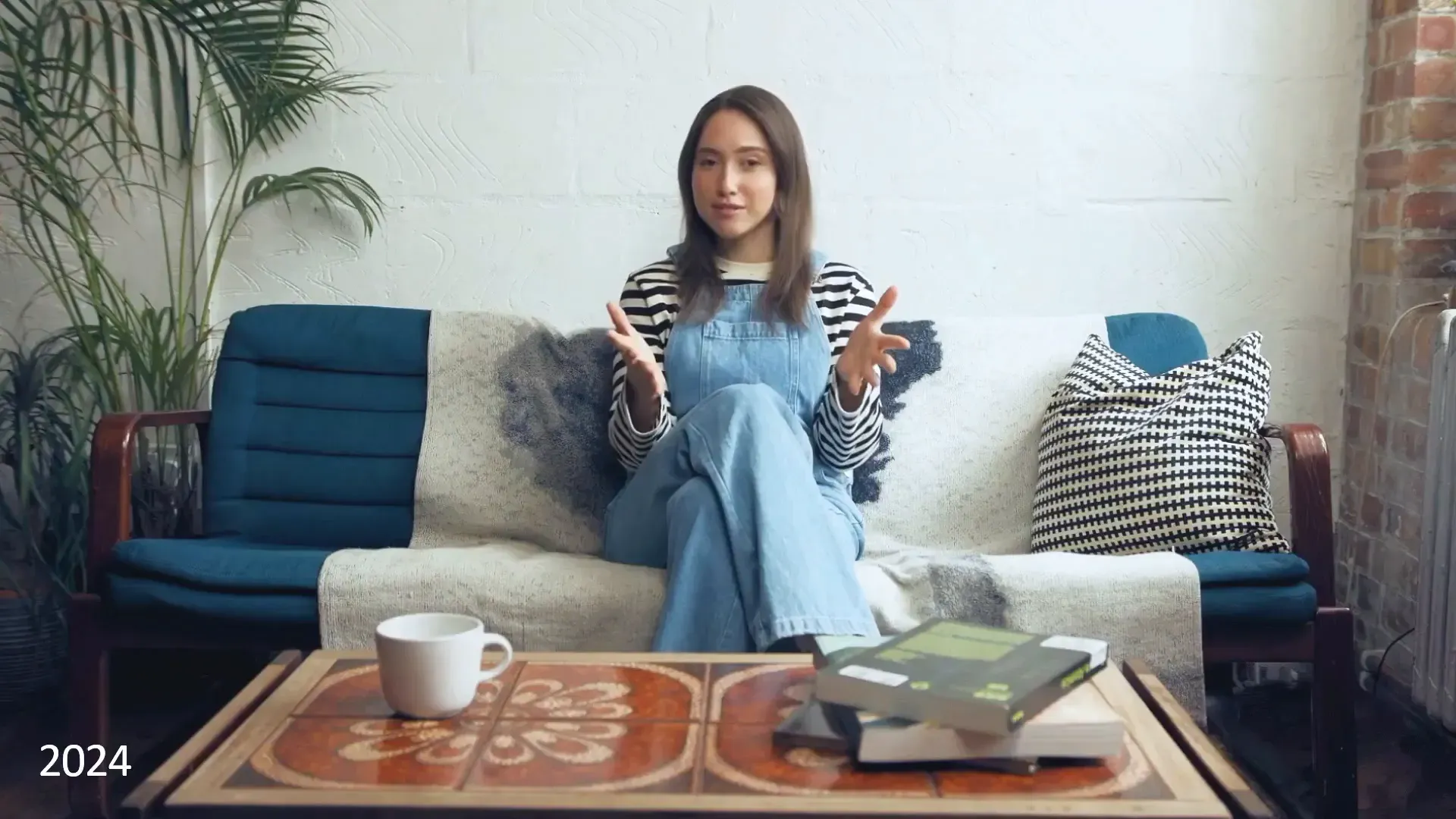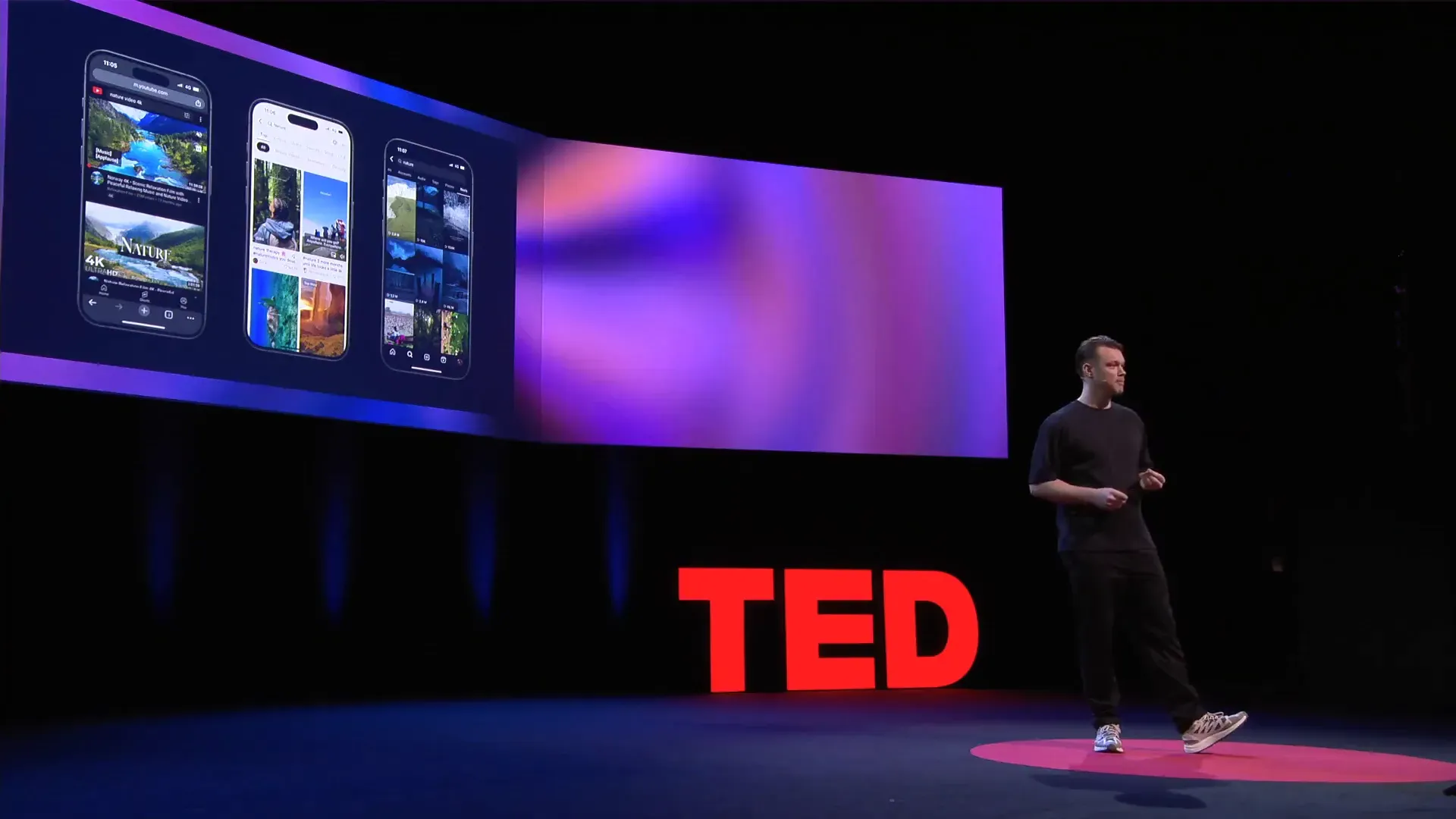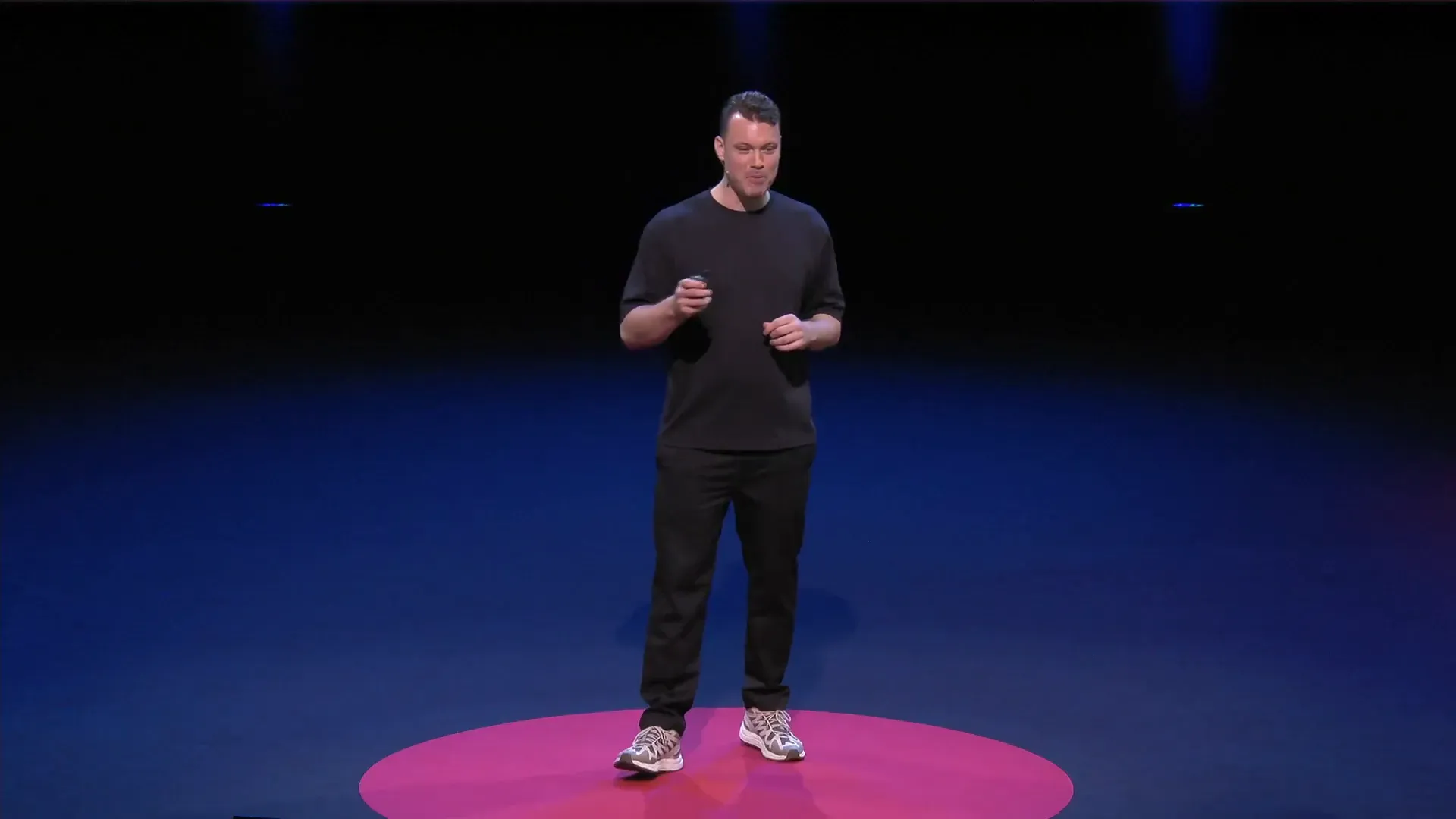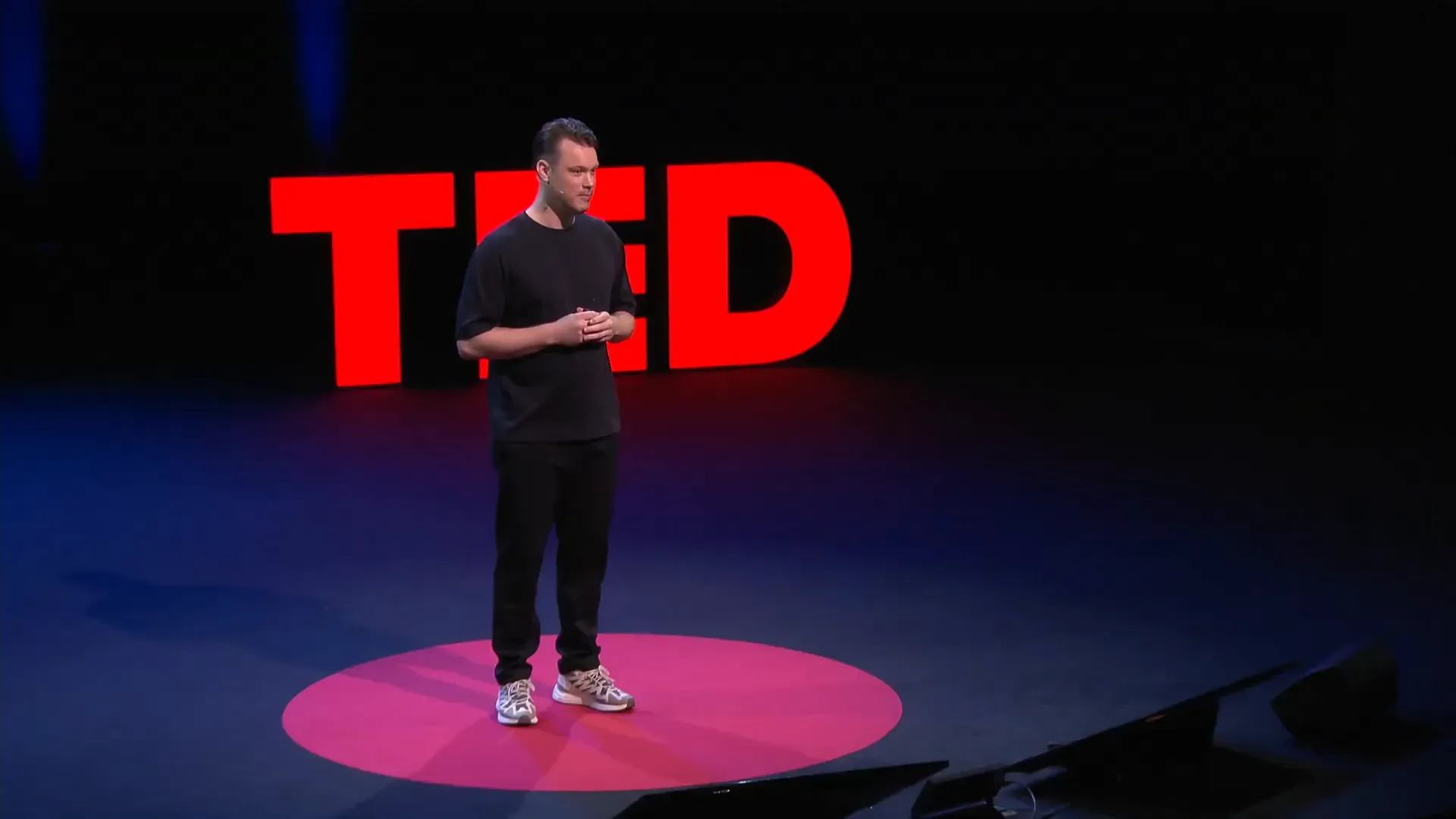The world of communication is changing rapidly thanks to technology. TO is revolutionizing the way we communicate and exchange knowledge in this digital age. founder Synthesia AI-powered startups video reflects the challenging perspective that "our children and grandchildren will be the last generation to read and write". This statement may sound strange, but considering the evolution of communication and the rapid advancement of AI technology, it makes us question what the future of communication will hold.
The Evolution of Communication from the Past to the Present
Humans began communicating by speaking and conveying stories orally, before developing a writing system in the pre-Christian era around 1500 BC. Johann Gutenberg It was not until the middle of the 20th century that literacy became a basic skill for the general public.
However, "text" or "text" is still a technology with major limitations: it is a method of compressing data that loses a lot of detail compared to voice communication. Tone or gestures that express emotions, feelings, and other contexts that help the message have a deeper meaning.
Limitations of messages and transitions to a variety of media
A message is a symbol that expresses thoughts, but its interpretation can vary greatly from person to person, for example, a short message can be interpreted as good news or bad news. While we've developed emojis to help convey emotions, they still can't replace the complexity and depth of voice and visual communication.
Visual communication is a quicker and easier way to understand, for example, looking at an image only takes a few seconds to perceive. Meanwhile, reading captions takes a long time and requires imagination. This is sometimes different from the actual picture. Adding a dimension of time to the video also makes the communication richer and more insightful.

AI and the Revolution in Communication and Content Creation
In the modern era, technology TO Changing the equation between speed and quality of content From the original we had to choose between using fast text and greatly scaling or a video that is accurate and interesting but has a high cost, AI allows us to create highly realistic videos quickly and at a significantly lower cost.
An obvious example is Synthesia which is used TO Create digital avatars that look and sound like real humans, can communicate in multiple languages, and can be used in multiple contexts, such as teaching books, training employees, or providing health advice.

Changes in learning behavior and media consumption
People's data consumption habits have changed markedly. Most people choose to learn through video or audio rather than reading a long book because they find it more convenient and easier to understand. Studies conducted in collaboration with UCL It was found that 77% of the participants preferred to learn through video. TO More than text
Despite the guilt that watching videos or listening to podcasts is inferior to reading books, the truth is, A richer and more concise medium may help us get information more quickly and efficiently. Especially when AI technology makes content creation easy and accessible for everyone.

The Future of Media and Communication: From Text to Virtual World
AI not only helps create traditional content in new ways, but also opens the way for new forms of media that are interactive and customizable according to the user, such as music teaching assistants that know a learner's level of ability and taste, or a never-ending series that changes based on audience response.
When combined with technology. AR , VR and Brain-Computer Interface Communication will become a more virtual experience, perhaps even texting each other with thoughts, or watching AI videos that are avatars of everyday acquaintances instead of text messages.

Ethical and Social Questions in the Age of AI
AI technology has generated a lot of controversial issues, from the sincerity of the content to the confidence in AI acting on behalf of humans. And when AI can create highly realistic movies or advertisements, what impact will it have on the entertainment industry and society?
These questions are not just technical, but have to do with the values and how we will use future technologies consciously and responsibly.
Conclusion from Insiderly
AI technology is revolutionizing communication and content creation like never before. By transitioning from symbolic text to interactive video and virtual media. It is a change that has occurred quickly and profoundly. A future in which we will not have to read and write like we do today may soon become a reality.
However, this change does not mean that the love of reading is gone. AI will reduce the skill barrier and cost of creating media. This allows anyone to create content in an accessible and engaging format.
The main thing is to question and discuss the ethical implications. This technology can be used creatively and lead to a better future. We have the opportunity to jointly shape the path of communication in the age of AI that will not only change the way we communicate, but also the way we perceive and understand the world.

Jargon to know
- AI (Artificial Intelligence): Artificial intelligence is a technology that allows computers to learn and make decisions like humans.
- Neural Networks: An AI learning system that mimics the structure of the human brain to analyze and generate new data.
- Avatar: AI-generated human digital agents to communicate and interact with users.
- Photorealistic: Images or videos that are as realistic as real photos
- Brain-Computer Interface (BCI): A technology that connects the human brain to a computer to communicate directly through thoughts.


